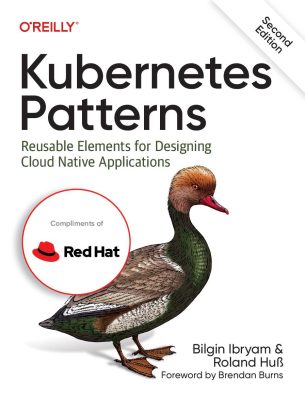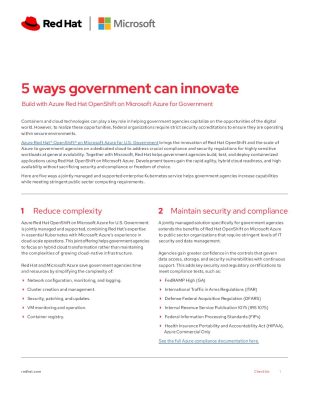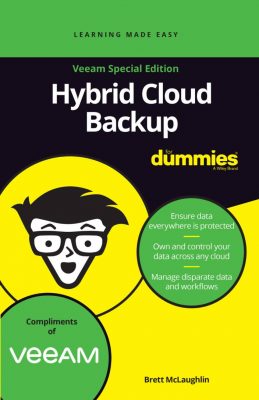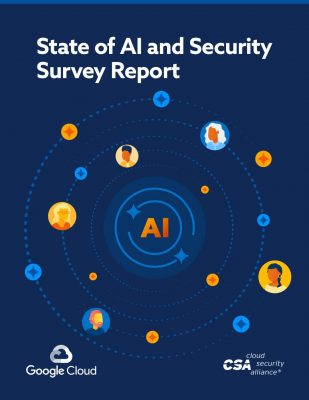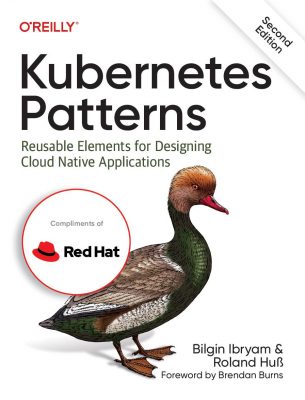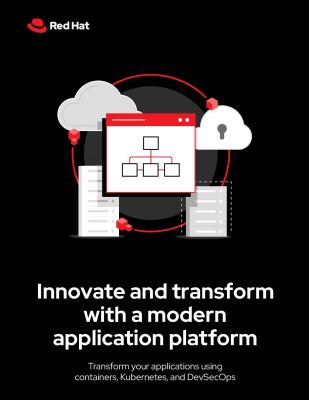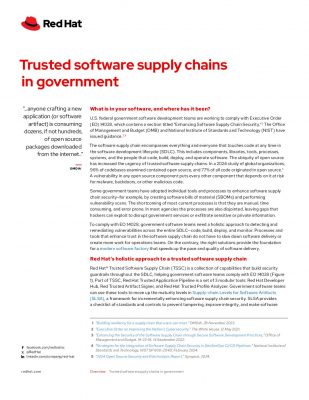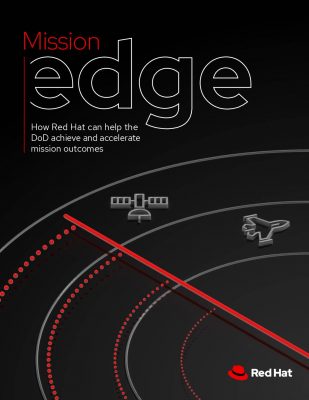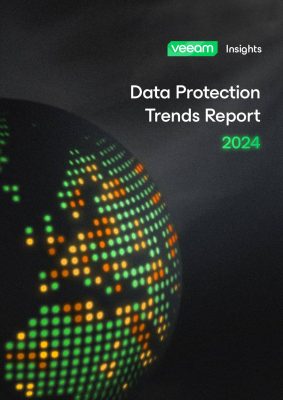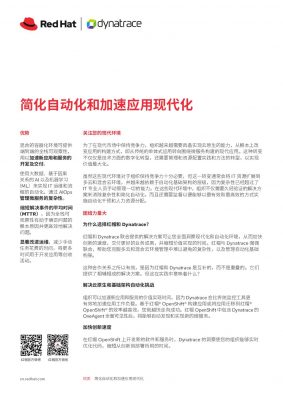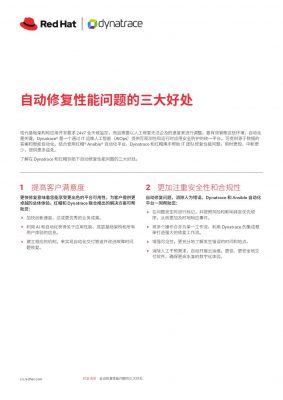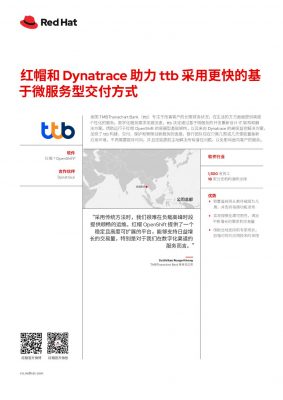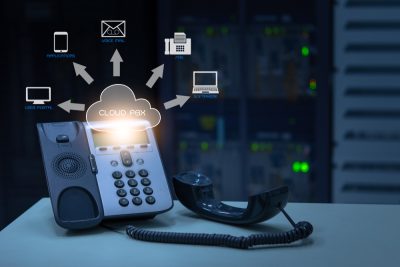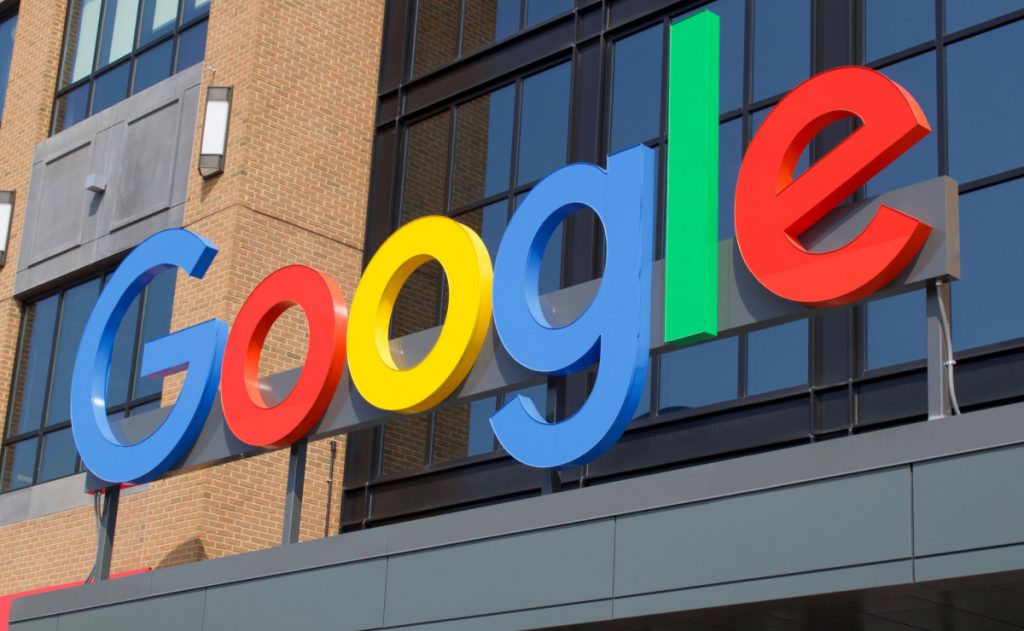Highlights:
- IoT Core is a service that makes it simpler for businesses to submit data from their connected devices to a cloud-based analytics environment.
- Companies may configure the configuration parameters of newly deployed linked devices using IoT Core.
According to reports, the cloud division of Google LLC has informed users that the IoT Core service, which is used to control connected devices, will be discontinued.
Google intends to completely pull the plug on the IoT Core service on August 16, 2023. The tech leader suggests that customers migrate applications built on IoT Core to other products that fall under the same category.
To improve the effectiveness of their operations, businesses are installing internet-connected devices at physical sites such as factories. To cite an example, a manufacturer may put sensors in a manufacturing line to collect data regarding probable breakdowns in the line’s operation. In most cases, sensors and other Internet of Things (IoT) devices send the data they have collected to an analytics environment hosted in the cloud so that it can be processed.
IoT Core is a service that Google Cloud first introduced in 2017. It makes it simpler for businesses to submit data from their connected devices to a cloud-based analytics environment. It is also helpful in some relatable tasks.
Companies may define the configuration parameters of newly deployed linked devices using IoT Core. With the completion of the initial deployment process, IoT Core may create network connections with connected devices and deliver the data they collect to the cloud. The platform encrypts network connections to decrease the possibility of cyberattacks.
IoT Core is one of the several solutions now available on the market that are intended to make the deployment and ongoing maintenance of connected devices easier to manage. Some products focus on making certain activities easier to complete, such as troubleshooting, while others are designed to simplify the management of connected device fleets from beginning to end. Startups have developed a significant number of products and services in this category.
Google spokesperson said, “Since launching IoT Core, it has become clear that our customers’ needs could be better served by our network of partners specialising in IoT applications and services. We have worked extensively to provide customers with migration options and solution alternatives and are providing a year-long runway before IoT Core is discontinued.”
With its Coral line of processing modules, Google has maintained a position in the market for connected devices. Based on a custom chip, the modules may be incorporated into a connected device to enable it to run Machine Learning (ML) modes. Various related solutions, including sensors and circuit boards that allow developers to develop new features for their devices, are included in Google’s Coral product series.
In addition to IoT Core, the Google Cloud also offers different cloud services – all of these form the company’s value proposition for enterprises dealing with connected devices. To cite an example, data gathered by the Internet of Things (IoT) sensors may be processed by companies using Google’s BigQuery data warehouse. The industry behemoth provides ML capabilities that can be used to explore sensor records for noteworthy data points such as symptoms of hardware malfunction.
Google’s biggest competitors in the public cloud also focus on connected device management services. Amazon Web Services, Inc. offers AWS IoT Core, which enables businesses to connect connected devices to the cloud and execute associated operations. IoT Hub is a competitive service Microsoft provides as part of their Azure cloud platform.
